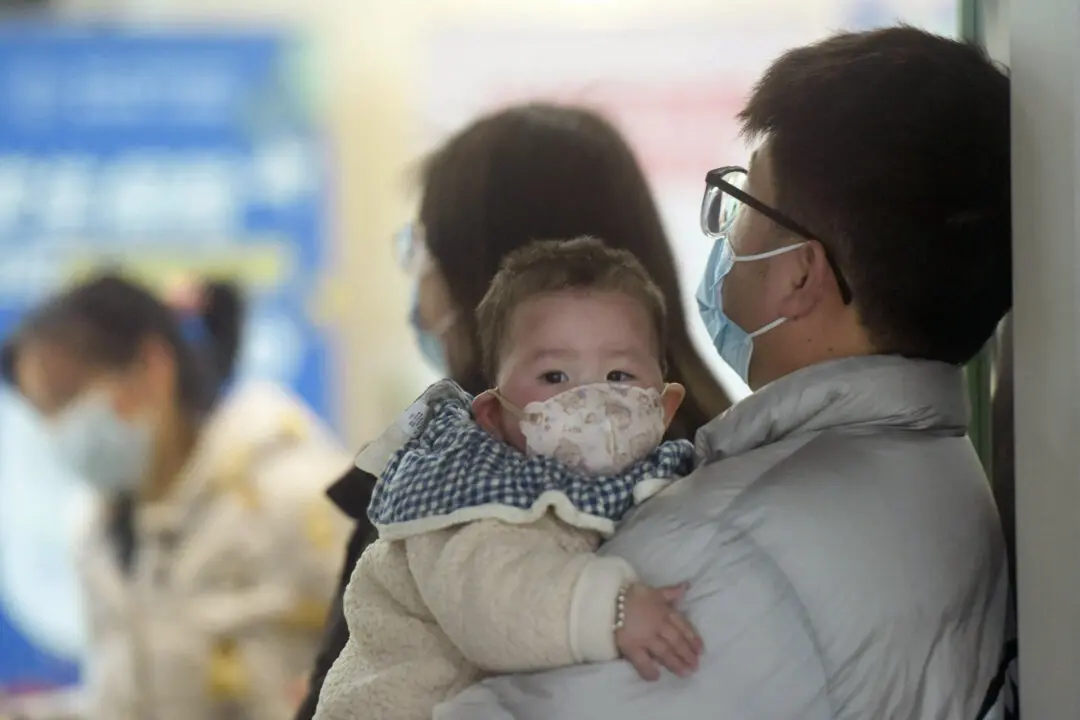A new SARS-like coronavirus originating from the central Chinese city of Wuhan has been confirmed to spread from human to human. Dr. Michael Ming-Chiao Lai, a distinguished member of Taiwan’s Academia Sinica, known as the father of coronavirus research in Taiwan, was a major contributor to the successful control of SARS in Taiwan back in 2003. He shared some prevention tips with The Epoch Times.
The disease caused by the new virus, also referred to as Wuhan pneumonia, has already claimed the lives of over a dozen people, as of Jan. 22.





